Hello 40k fans! Chris Morgan, Chief Librarian of the Forge the Narrative Podcast, is here again with the next weekly segment of Tomes of the Librarius. Also, check the Tactics Corner for more great articles!
Just as a reminder, in this series we will explore facets of the history and legends of the Grimdark. This is meant to be an easy summary and introduction geared towards new players or people unfamiliar with the setting, but should still be an interesting read or fun refresher for those already familiar. There’s so much detail in this lore that a bare summary seems so inadequate, but for new people this should be the right portion to get a feel for the history of the universe we enjoy our games in.
With that out of the way, lets continue with our first series – Astartes 101. Part 2 will focus on the end of the Great Crusade, and the Horus Heresy wars.
Seeds of Heresy
In the last article, we talked about the Emperor’s plan for humanity, and his nature as the Anathema of the Chaos powers. They weren’t about to let him accomplish his goals unobstructed, and began to sow seeds of betrayal from within the ranks of his most trusted warriors.
The Warmaster Horus
As the Emperor went back to Terra to work on the Webway Project, he put Horus in charge of the remainder of the Great Crusade, naming him ‘Warmaster’. Horus was a powerful and dynamic leader, named “first among equals” and an incredible strategist. The accomplishments of his legion, the Luna Wolves (renamed Sons of Horus after his appointment to Warmaster), were a benchmark that all the other legions sought to match or exceed. Horus continued the crusade with enthusiasm, commanding all of his brothers (some a bit jealous of his appointment) to great conquests pursuing the Emperor’s dream.
The First Heretic
Unknown to Horus and the Emperor, however, Lorgar (one of the Primarchs) had found out the secret of Chaos and seen the lie of the Imperial Truth. His legion, the Word Bearers, began to work behind the scenes as agents of the dark gods to undermine the Imperium that was close to achieving the Emperor’s goals. The Word Bearers attempted to infiltrate all the legions, some more successfully than others, and sow the seeds that would lead to the Emperor’s downfall.
Through cunning artifice, deceptions, and treachery, the Word Bearers engineered the circumstances that would turn the Emperor’s favored son into his bitterest enemy. Horus, deceived by visions from Chaos and wounded by a warp-tainted weapon, pledged himself to the Chaos gods and the downfall of the Emperor. Desiring the power to determine mankind’s destiny for himself, he turned his superhuman powers toward consolidating power and finding allies among the other legions who would support him, and strategically neutralizing ones that wouldn’t. He spent years preparing his plans, and when the blow finally struck it would destroy forever the ideals of the Astartes and break the Imperium forever. The Emperor’s great project in the webway was struck with disaster, causing the Emperor to have to stay on Terra to hold the teeming hordes of Chaos at bay lest they flood through to destroy the world.
The Heresy Wars
The war that came after was called the Horus Heresy, and in the 7 years of that war Horus destroyed almost 300 years of human progress. Uncountable trillions of human lives were snuffed out. 3 loyal legions were nearly wiped out to a man, and many others were left stranded and isolated from Terra behind a massive warp storm that divided the galaxy in twain. Horus destroyed any who wouldn’t capitulate to his demands during his wars of Dark Compliance, and the Age of Darkness began. The Horus Heresy was the greatest civil war humanity would ever fight, and the galaxy burned as brother turned against brother, all to the laughter of thirsting gods, who reveled in the power the conflict fed them. The conflicts are too many to even hope to detail here. Notable battles include the Isstvan campaign, the Burning of Prospero, the War in the Webway, the Signus War, the Betrayal at Calth, the Martian Civil War, the Battle of Beta Garmon, and many others.
The Siege of Terra
The war culminated in the Siege of Terra, where Horus and his eight traitorous brothers descended with their legions in wrath upon the Imperial Palace on Terra. Only three loyal legions, the Imperial Fists, the Blood Angels, and the White Scars, were there to fight off the traitors, many of whom were unrecognizable after embracing the powers of Chaos. Demons fought in their ranks, and the might of the warp pitted itself against its hated enemy in full force. As the siege dragged on, and reinforcement loyalist legion forces began to bear down upon the war-torn system, Horus made a gamble. Lowering the shields on his flagship “The Vengeful Spirit,” Horus baited the Emperor into attempting to confront him directly. The Emperor, along with his loyal sons Rogal Dorn (primarch of the Imperial Fists) and Sanguinius (primarch of the Blood Angels), as well as a cadre of their most elite troops took the chance and teleported aboard Horus’ flagship. They were all separated during the teleport, and the living nightmare of the Vengeful Spirit’s warp-corrupted halls killing most of those who fought there with its host of chaos-bred nightmares.
Sanguinius was the first to find his brother. They had once been among the closest of all the Primarchs, but now the Horus that Sanguinius’ had loved as a brother was a monster – the avatar of the Dark Gods made manifest in the material world. Sanguinius, knowing he would die, exerted all his remaining power to strike at the Warmaster. The blow was not fatal, but it was not meant to be, as it opened up a weakness in Horus’ armor. Sanguinius’ death at the hands of his brother was so painful that the psychic echoes of his agony would curse his legion to madness for the next 10,000 years.
When the Emperor arrived, Sanguinius’ sword was broken and he lay dead and bloodied on the floor. The Emperor’s battle with Horus was terrible to behold. The Emperor, consumed with a desire to save his wayward son from Chaos, could not bring himself to destroy him. Horus was consumed by the power he had been granted, and fought to kill his father, wounding him gravely. What changed the Emperor’s mind is hard to say, but at last he committed to destroying his once-favored son and using the weakness Sanguinius had rent in the Warmaster’s armor, he unleashed a powerful attack. In the final moments, Horus came to the realization of what he had done – that he had helped create the terrible future that Chaos promised would come to humanity under his father’s reign. His sins had been too great, and the Emperor harnessed his psychic might – the greatest psychic power that had ever lived in the material world – and destroyed Horus’ soul forever. Horus was defeated, and his legions lost heart and withdrew from the conflict. Victory had been won, but at a terrible cost.
The Scouring, and the Golden Throne
The now-wounded Emperor gave his servants instructions to bind him to his throne through ancient and powerful artifice. It served as a life-support system for his dying life-force, keeping him alive but fixed to that location forever, and at the cost of the lives of 1,000 psychic humans per day. His psychic might maintained a beacon that acted as a lighthouse that would continue to allow humanity travel through the warp. His broken webway gate was sealed this way also, preventing the teeming hordes of demons from access to Terra through its broken ruins. Never again would he walk among men and lead them across the stars to a brighter future. Only through great sacrifice could he hold on to what had already not been lost. Mankind’s hope had been killed, and it’s future would be one of war and strife.
The loyal Space Marines hunted the retreating Chaos hordes across the galaxy until they fled to the Eye of Terror. The primarch of the Ultramarines, Roboute Guilliman, took command and instituted the Codex Astartes – a tactical book that broke the once 10,000+ strong legions into 1,000 strong Chapters instead that would operate independently and under no unifying authority. Many of his surviving brothers were against this, and the contention over this policy nearly led to a second civil war, but in the end many of them capitulated. While some still rejected it, such as the Black Templars (formed from members of the Imperial Fists) and the Space Wolves (who took orders from no-one but their primarch and the Emperor), they were left alone under the hope they would soon come to wisdom.
War Without End
Slowly as the years passed, the Primarchs began to disappear through war or other mysterious means. Without their guidance, the Imperium slowly began to crumble. The gene seed of many Space Marines began to degrade over time, leading to mutation at the worst case, but came most commonly as a lessening of their strength and abilities. Many of the fallen primarchs fully embraced the powers of chaos, and transfigured into Demon Princes. They would come out from the Eye of Terror and wage war upon the empire they still desired to rule. These warbands came to be known as Chaos Space Marines – or Heretic Astartes. The bitter wounds and betrayals of the Horus Heresy were not forgotten, and the wars between the roving bands of Chaos Warriors and the Loyalist Astartes burned across the galaxy for thousands of years. The arrival of new Xenos threats, such as the Necrons and the Tyranids, nibbled away at an Imperium slowly crumbling under the weight of war against old threats and nightmare dimensions determined to ensure its demise.
Additional Reading
Now you should have a working knowledge of the history of the Adeptus Astartes. This is, of course, by no means comprehensive. There are hundreds of books and stories which go into detail about more of the history. The Horus Heresy series in particular has over 40 novels published and even more short stories and novellas. I fully recommend that if you have an interest in learning more of the stories of the Heresy in detail, then that series is a go-to. If you are looking for a more broad overview, then check out the Visions of Heresy book.
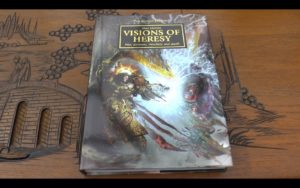
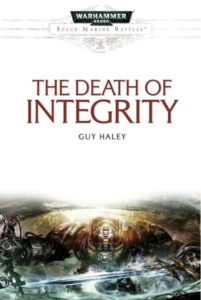
If you are looking for some of the more modern 40k era marine fiction, then there are a few that are great standalone reads. The Death of Integrity by Guy Haley is a fantastic standalone novel, and one of my favorites. Helsreach by Aaron Dembski-Bowden is also well-written, and his Night Lords Omnibus is also great for those leaning a bit more on the heretical side of the loyalty fence.
Continued in Part III
With the history covered in summary, our final part of the Astartes 101 series will focus on the biology and capabilities of the Astartes warriors. What makes them so special? Stay tuned to find out!
As always, check out the FLG store to satisfy any itches you may have to collect some cool Space Marine miniatures.
Cheers
Captain Morgan
And remember, Frontline Gaming sells gaming products at a discount, every day in their webcart!

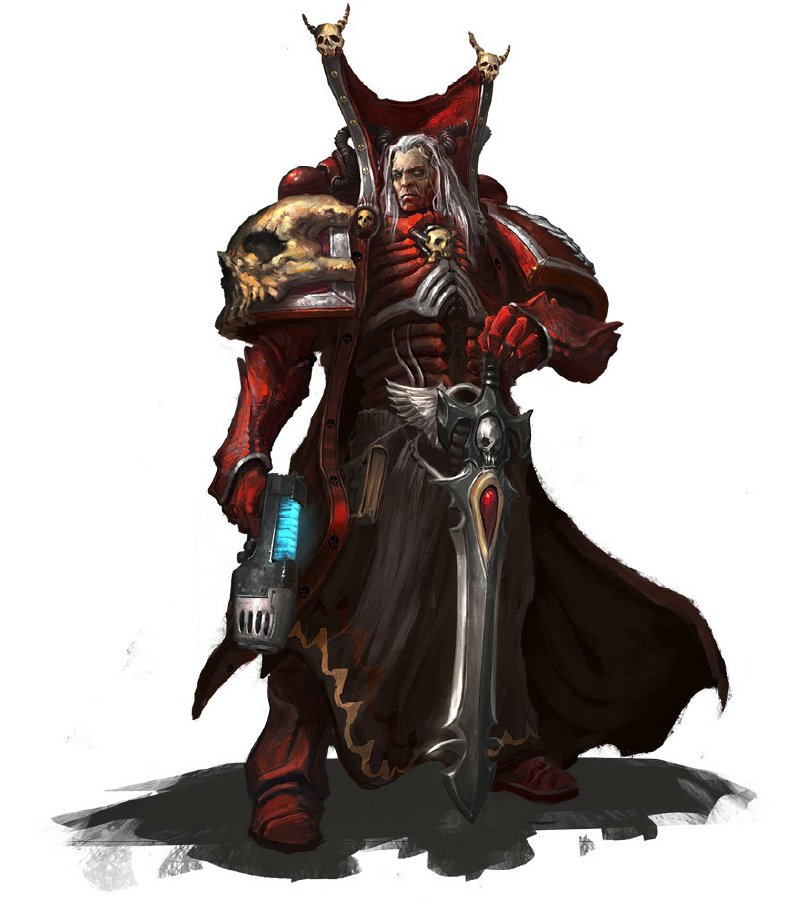
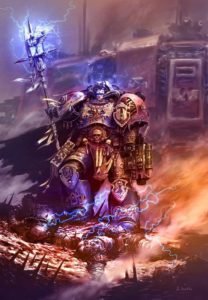

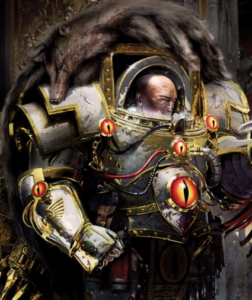
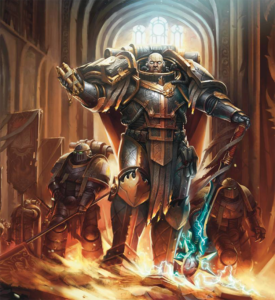
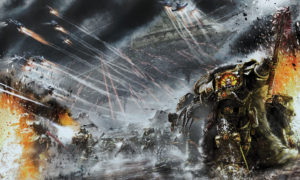
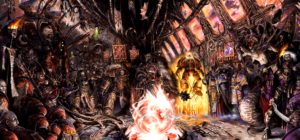
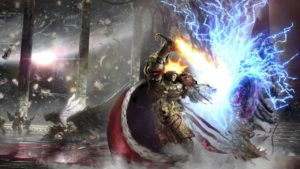
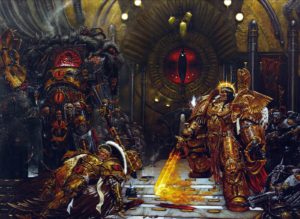
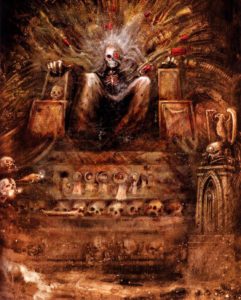
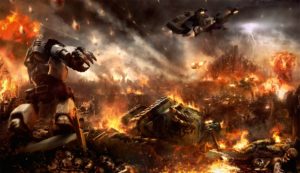
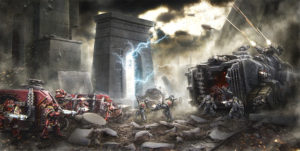
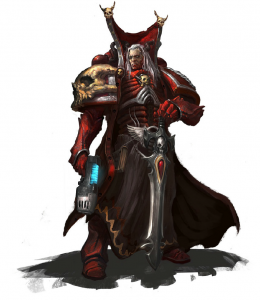


Loving these summaries, Chris! Been great to get a concise, well written summary of the history of the Astartes along with all of the cool info that has been added by the Black Library books over the past years that have really taken the story from interesting to amazing.
Thanks, Reece! The lore is too deep and rich to not appreciate. Hopefully these articles help make it more accessible to people.
Yeah, I really like how they’ve complicated the plot in the past decade or so. The Emperor is a bit shady, some of the CHaos legions have decent reasons for going traitor, many of the Primarchs are tragic figures, etc.Makes the story vastly more compelling.
Great article. When someone asks me to explain the HH I respond with “how much time do you have?” Now I will just tell them to read this to get their feet wet in the lore.
Yeah, the story of the game really is the best part, IMO.